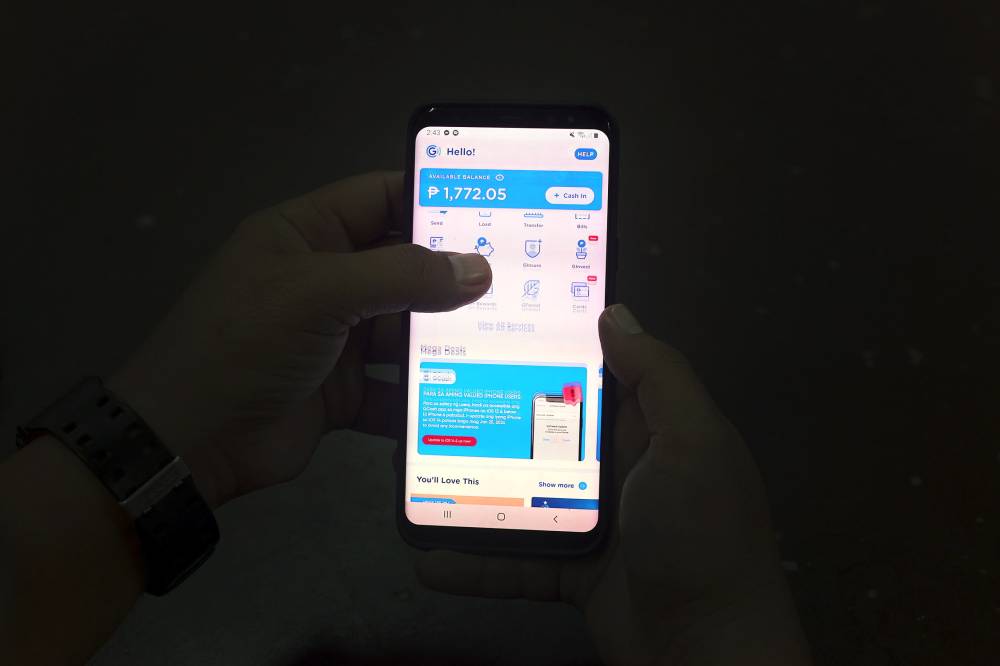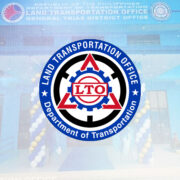Bridging the financial inclusion gap in the Philippines

In many developed economies today, access to financial services is a given. Take Singapore for instance. Cash is just an arm’s length away in the island state—through the over 220 retail bank branches, more than 2,600 ATMs scattered strategically across the city-state, and the expanding network of over 4,100 cash withdrawal touch points. From mature estates to the burgeoning suburbs, financial inclusion is a thread woven into the fabric of Singapore’s society.
But venture out from Singapore into the rest of the region, and the tapestry of financial access changes dramatically. Here, the narrative is not one of abundance, but of scarcity and fragmentation. Just 2,355 kilometers away from Singapore, the Philippines has been facing challenges and barriers in its banking and payment system for years. Despite the country’s rapidly growing economy, the share of adults with bank accounts in the Philippines remains below 35 percent.
In the Philippines, the Bangko Sentral ng Pilipinas (BSP) Digital Payments Transformation Road Map for 2020 to 2023 sets forth ambitious goals, aiming to digitize 50 percent of all retail transactions and to broaden financial inclusion to encompass 70 percent of Filipino adults through the facilitation of digital payment and transaction accounts. As financial technologies evolve, there is a growing opportunity to bridge this divide, offering empowerment through digital solutions and education.
Roadblocks to financial inclusion
However, the road to financial inclusion in the Philippines is fraught with challenges, reflective of its diverse and dispersed population. Traditional banking models struggle in the archipelago, where geographic and economic disparities limit the reach of physical bank branches. Many rural and economically marginalized areas remain underserved, making access to basic financial services a significant challenge. On an infrastructure level, the same BSP report found that 70 percent of adults in Metro Manila possess a smartphone and use the internet, with the figure dropping in places farther from the capital (60 percent in Luzon, 30 percent in Mindanao).
Literacy in financial products is another critical barrier. Complex financial services and products often intimidate the average user, making it difficult for them to engage with the banking system confidently. While digital payments carry the potential to provide people with a simple and convenient way of performing financial transactions, factors such as a lack of trust or weak internet infrastructure have led to a slow adoption to digital payments.
Empowerment through financial technology
The digital revolution brings with it a promise of inclusivity, especially for the unbanked. Technology, when implemented right, is a game-changer for financial inclusion. Digital wallets, online banking and fintech apps allow users to perform financial transactions from their mobile devices, bypassing the need for physical bank branches. This is particularly empowering for underbanked segments, as it offers convenience and access to financial services that were previously out of reach.
But first, this shift would require elevating financial literacy. Education is essential —the public needs assurances that their digital transactions are protected, their savings are safe and their financial identity is secure. This requires transparent practices from service providers, robust cybersecurity measures and clear communication regarding privacy policies and user rights.
Cybersecurity measures such as fraud management solutions that detect, analyze, mitigate and deter fraud attempts can provide an ease of mind and instill greater sense of trust with the public. Advanced technologies such as biometric logins can also provide an additional layer of security to prevent unauthorized access and identity fraud, ensuring that only the rightful account holders can initiate financial transactions or changes to account information.
To achieve the broader objective of inclusive finance, financial institutions can also enhance loan accessibility for the unbanked by adopting alternative credit scoring methods that go beyond traditional credit histories. This includes analyzing transactional patterns, consistent bill and rent payments, asset data from bank accounts and proof of income. Artificial intelligence technology is playing a pivotal role in this shift, enabling the processing of large volumes of loan applications efficiently and impartially, thus broadening credit access and reducing the risk of bias.
Paving the road to financial inclusion
The transformative power of finance lies in its ability to bring down barriers and create a more inclusive and equitable economic landscape. At Hitachi, we are committed to expanding financial services access and improving living standards for the people—further emphasizing our purpose of powering good. Most recently, we have embarked on a partnership with CTBC Bank Philippines to redesign its web interface and mobile banking applications to offer enhanced user experience and upgraded security features. Together, we aim to redefine the banking experience of users, forging a safe and secure digital payments landscape, ultimately closing the financial inclusion gap in the Philippines.
As the sector continues to evolve, the potential for finance to serve not just the economy, but also the people and the planet, becomes increasingly clear. At the end of the day, we firmly believe that financial inclusion should not be a privilege, but a fundamental right that enables equitable participation in the economy for all individuals, regardless of socioeconomic status.
By Gerald Hane
















